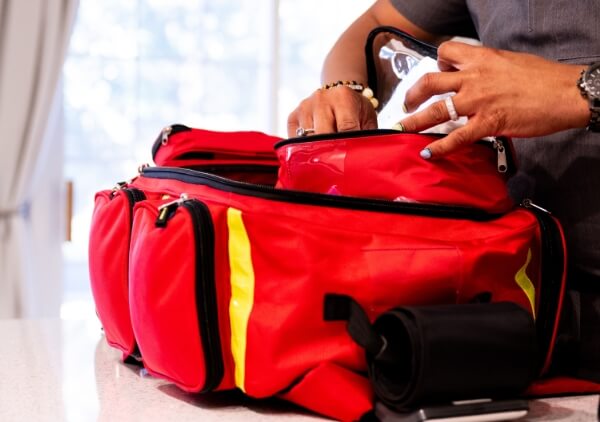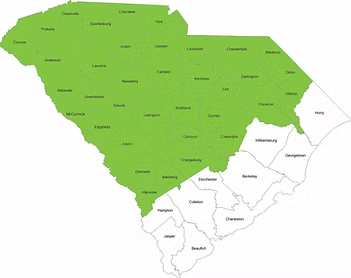Personalized Care Across the Upstate & Midlands of South Carolina
Understanding Full & Partial Thickness Wounds & How We Can Help
Wounds can be classified into full and partial thickness based on their depth and the extent of tissue damage. Partial thickness wounds involve the outer layers of the skin, while full thickness wounds extend deeper, affecting the entire skin layer and sometimes underlying tissue. These wounds can be caused by burns, trauma, surgical incisions, or pressure ulcers. Both types require specific and timely care to ensure proper healing and prevent complications. At Advanced Mobile Wound Care, we bring the expertise directly to you, helping you recover comfortably and efficiently.

What Are Partial Thickness Wounds?
Partial thickness wounds only damage the epidermis (the outer layer) and part of the dermis (the deeper layer of skin). These injuries typically heal with minimal scarring but still require specialized care to prevent infection and promote healing. Partial thickness wounds often occur as abrasions, burns, or friction injuries, and though they may appear less severe initially, improper care can delay healing and lead to complications like infection or scarring. Careful cleaning, debridement, and the right dressings are key to encouraging the healing process and reducing discomfort.
These wounds may present as:
Although the injury may not be as deep as full-thickness wounds, it still demands specialized care, especially to avoid infections, which can complicate the healing process.
Full Thickness Wounds and Their Treatment Needs
Full thickness wounds are much more severe and extend through all layers of the skin, reaching down to the subcutaneous tissues. These injuries can be caused by deep cuts, burns, or surgical procedures. Unlike partial thickness wounds, full thickness wounds often require more intensive treatments due to the extent of tissue loss. If left untreated, full thickness wounds can lead to serious complications like infection, tissue necrosis, or chronic non-healing wounds.
Because full thickness wounds affect deeper layers of skin and tissue, healing often takes longer and may require advanced wound care techniques such as:
These wounds are more prone to infection, and care must be tailored to reduce the risk of contamination while promoting regeneration of healthy tissue.
How We Treat Full and Partial Thickness Wounds
Each patient we treat is unique, and that’s why our approach to wound care is always personalized. We assess every wound individually and choose the combination of advanced wound care technologies that best suits each patient’s specific situation.
For partial thickness wounds, our treatments may include:
For full-thickness wounds, we may use:
By combining these advanced techniques, we provide the best care for your individual healing process.

On-Site Expert Care for Full and Partial Thickness Wounds
At Advanced Mobile Wound Care, we specialize in treating all types of wounds with advanced, personalized care. Whether you’re dealing with a partial thickness scrape or a full-thickness injury, our mobile clinic delivers professional wound care directly to your home or care facility. Contact our care team today to schedule an assessment and start healing with expert, compassionate support. Your recovery starts with the right care—let us help you get there.



